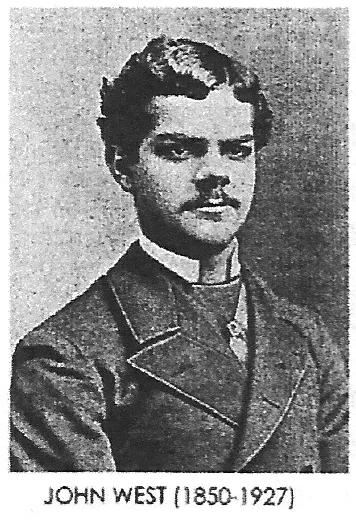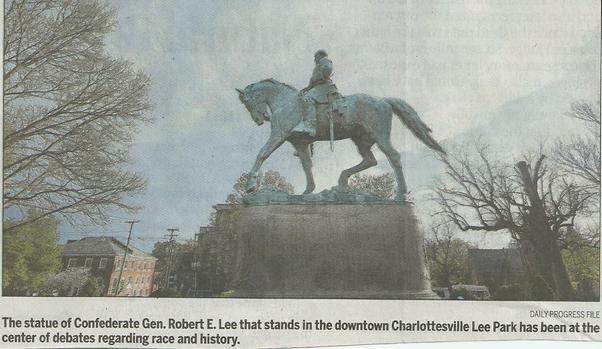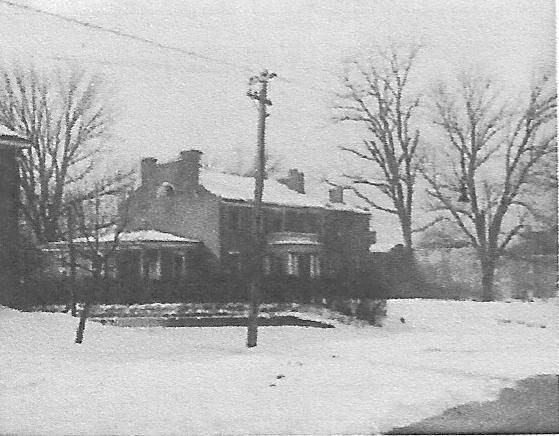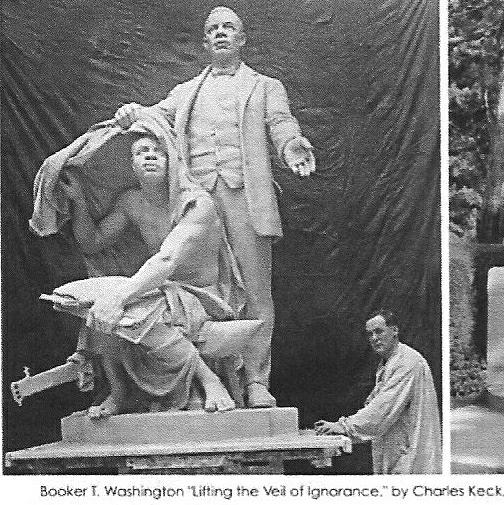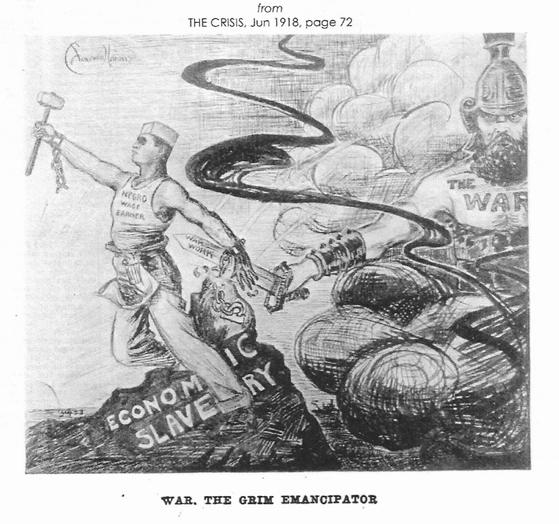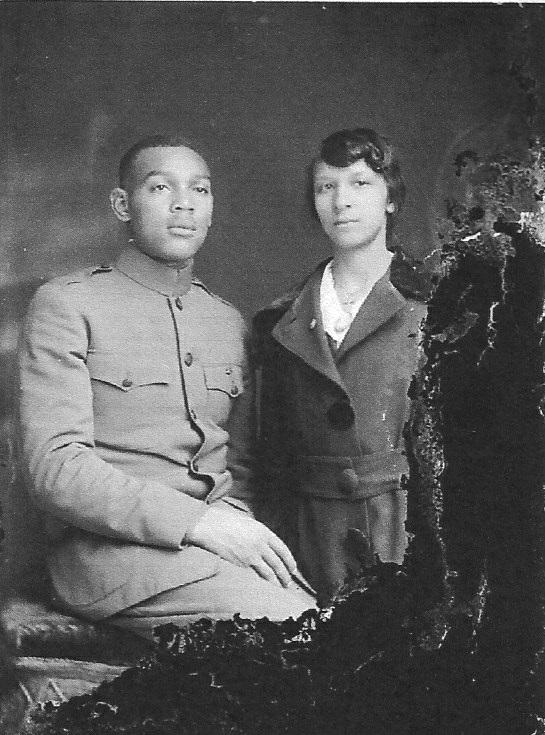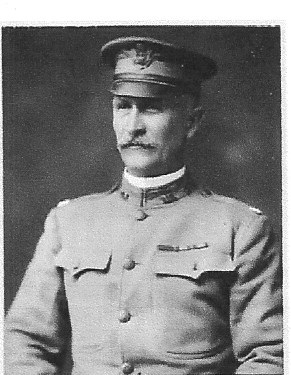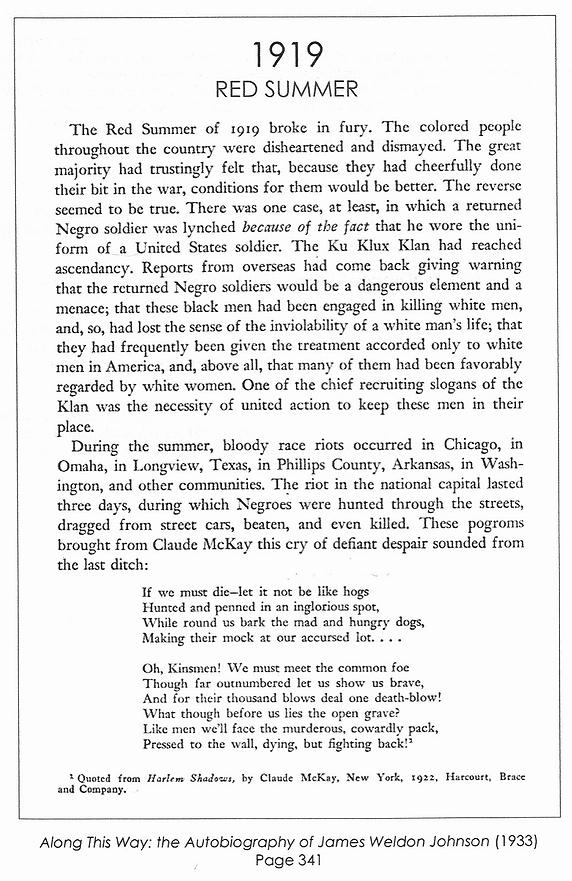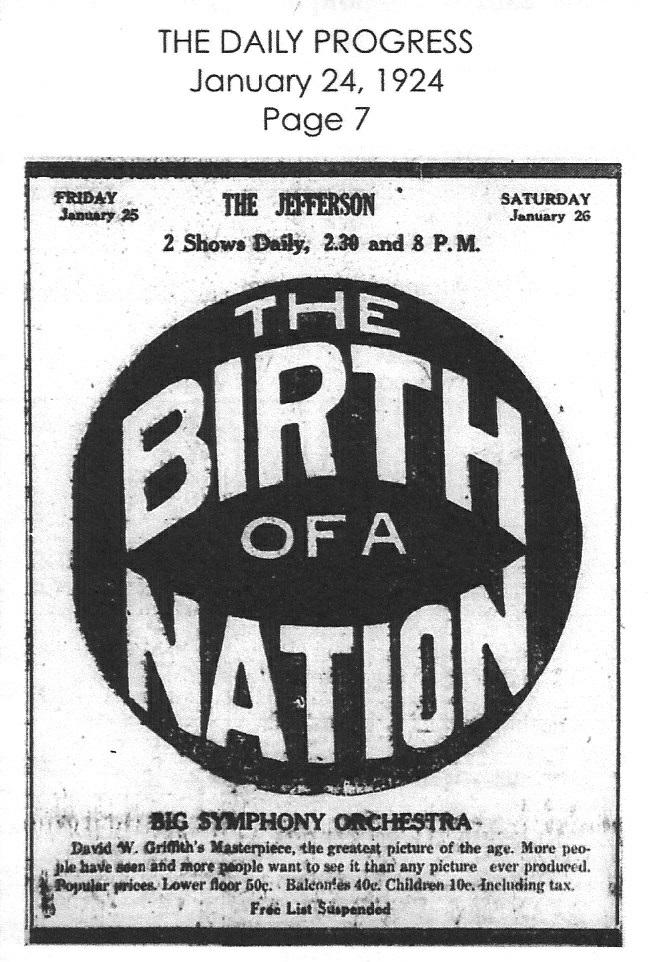
Add KKK Marker To Lee Park
More from Dec. 19, 2016 Blue Ribbon Report 1893–1926 pages 71–127
(47-meg report here and here.)Charlottesville, Virginia (Jan. 2, 2017) — Nobody knows the exact date in 1921 when the first local chapter of the social club was finally organized as Charlottesville Klan No. 9 of the Knights of the Ku Klux Klan. Hundreds of businessmen and professionals "met around the tomb of Jefferson at the midnight hour one night last week and sealed the pledge..." (Blue Ribbon Report page 105. Tuesday, June 28, 1921, Daily Progress.) Later the powerful educated elite Democrats began to blame poor dumb redneck Republicans as a strawman, who actually opposed the Invisible Empire.
The first Klan formed on Christmas Eve 1865. Because the Klan has been banned since 1871 as a domestic terrorist group, its members hid their identities and operated at night, and often said how proud they were. As modern race protests like Ferguson are scheduled for midnight, there's no such thing as a legitimate protest in the dark of night. The US Department of Justice was created to put down the white-on-black race riots, contrasting with the modern DOJ inciting black-on-white riots, violence and intimidation.
If your true goal was to preserve white pride and heritage, you would join the Anglo-Saxon Club. Of course there would be overlap of membership. Enemies of the KKK would paint all Anglos as white supremacist. Just as today, the NAACP is called black supremacist when there's Black Lives Matter influence. A black could be a member of the Anglo club just as whites can join the NAACP. In addition, a mixed Inter-Race group did form to push back against the KKK.
At the national level, the Golden Age of Race Relations lasted only a few months and maybe 1870s until 1915 Birth of a Nation first Hollywood feature film revives the Klan mythology. National membership surges and peaks at 6 million in 1924, falls to 30 thousand by 1930.
In Charlottesville the Golden Age lasts from 1865 until 1917 near-lynchings or July 1918 local chapter of NAACP or June 1921 first local chapter of KKK. The peaceful period began 1865. The principal of Jefferson School feared a "calathump" or riot from the all-white-male UVA students on a drunken stroll from Court Square back to Grounds.
But it never happened. Everybody heard the news of racial strife. They kept expecting it to break out here in Charlottesville. Any day now.
On July 12, 1898 there was a staged lynching of a black prisoner being transported by rail (page 126). Four miles west of Charlottesville, the train stopped in a 150-person crowd. Charged with attempted rape of a white woman, John Henry James is hanged and then shot an estimated 40 times in a volley from the crowd.
The Richmond newspaper warns of a dark future. But Charlottesville's Golden Age keeps on rolling for another 20 years. Blacks and whites were united that this public assassination was somewhat justified, as the previous lynching of a white man had been, the only two lynchings in the local Golden Age. Besides, using racism to justify terrible crimes would pervert the system and create insatiable criminals of the unpunished.
Ku Klux Klan – Wikipedia
Six Confederate veterans from Pulaski, Tennessee created the original Ku Klux Klan on December 24, 1865, during the Reconstruction of the South after the Civil War. The name was formed by combining the Greek kyklos (circle) with clan. The group was known for a short time as the "Kuklux Clan". [...]By 1872, the federal government's evident willingness to bring its legal and coercive authority to bear had broken the Klan's back and produced a dramatic decline in violence throughout the South. So ended the Reconstruction career of the Ku Klux Klan.
Founding of the Ku Klux Klan
A group including many former Confederate veterans founded the first branch of the Ku Klux Klan as a social club in Pulaski, Tennessee, in 1866. The first two words of the organization’s name supposedly derived from the Greek word “kyklos,” meaning circle. In the summer of 1867, local branches of the Klan met in a general organizing convention and established what they called an “Invisible Empire of the South.” Leading Confederate general Nathan Bedford Forrest was chosen as the first leader, or “grand wizard,” of the Klan; he presided over a hierarchy of grand dragons, grand titans and grand cyclopses.[Forrest "was chosen" as first Klan leader BUT never accepted the honor, never supported the Klan. Source 12-24-2017]
At its peak in the 1920s, Klan membership exceeded 4 million people nationwide.
The organization of the Ku Klux Klan coincided with the beginning of the second phase of post-Civil War Reconstruction, put into place by the more radical members of the Republican Party in Congress. After rejecting President Andrew Johnson’s relatively lenient Reconstruction policies, in place from 1865 to 1866, Congress passed the Reconstruction Act over the presidential veto. Under its provisions, the South was divided into five military districts, and each state was required to approve the 14th Amendment, which granted “equal protection” of the Constitution to former slaves and enacted universal male suffrage.
Ku Klux Klan Violence in the South
From 1867 onward, African-American participation in public life in the South became one of the most radical aspects of Reconstruction, as blacks won election to southern state governments and even to the U.S. Congress. For its part, the Ku Klux Klan dedicated itself to an underground campaign of violence against Republican leaders and voters (both black and white) in an effort to reverse the policies of Radical Reconstruction and restore white supremacy in the South. They were joined in this struggle by similar organizations such as the Knights of the White Camelia (launched in Louisiana in 1867) and the White Brotherhood. At least 10 percent of the black legislators elected during the 1867-1868 constitutional conventions became victims of violence during Reconstruction, including seven who were killed. White Republicans (derided as “carpetbaggers” and “scalawags”) and black institutions such as schools and churches—symbols of black autonomy—were also targets for Klan attacks.
By 1870, the Ku Klux Klan had branches in nearly every southern state. Even at its height, the Klan did not boast a well-organized structure or clear leadership. Local Klan members–often wearing masks and dressed in the organization’s signature long white robes and hoods–usually carried out their attacks at night, acting on their own but in support of the common goals of defeating Radical Reconstruction and restoring white supremacy in the South. Klan activity flourished particularly in the regions of the South where blacks were a minority or a small majority of the population, and was relatively limited in others. Among the most notorious zones of Klan activity was South Carolina, where in January 1871 500 masked men attacked the Union county jail and lynched eight black prisoners.
The Ku Klux Klan and the End of Reconstruction
Though Democratic leaders would later attribute Ku Klux Klan violence to poorer southern whites, the organization’s membership crossed class lines, from small farmers and laborers to planters, lawyers, merchants, physicians and ministers. In the regions where most Klan activity took place, local law enforcement officials either belonged to the Klan or declined to take action against it, and even those who arrested accused Klansmen found it difficult to find witnesses willing to testify against them. Other leading white citizens in the South declined to speak out against the group’s actions, giving them tacit approval. After 1870, Republican state governments in the South turned to Congress for help, resulting in the passage of three Enforcement Acts, the strongest of which was the Ku Klux Klan Act of 1871.
For the first time, the Ku Klux Klan Act designated certain crimes committed by individuals as federal offenses, including conspiracies to deprive citizens of the right to hold office, serve on juries and enjoy the equal protection of the law. The act authorized the president to suspend the writ of habeas corpus and arrest accused individuals without charge, and to send federal forces to suppress Klan violence. This expansion of federal authority–which Ulysses S. Grant promptly used in 1871 to crush Klan activity in South Carolina and other areas of the South–outraged Democrats and even alarmed many Republicans. From the early 1870s onward, white supremacy gradually reasserted its hold on the South as support for Reconstruction waned; by the end of 1876, the entire South was under Democratic control once again.
Revival of the Ku Klux Klan
In 1915, white Protestant nativists organized a revival of the Ku Klux Klan near Atlanta, Georgia, inspired by their romantic view of the Old South as well as Thomas Dixon’s 1905 book “The Clansman” and D.W. Griffith’s 1915 film “Birth of a Nation.” This second generation of the Klan was not only anti-black but also took a stand against Roman Catholics, Jews, foreigners and organized labor. It was fueled by growing hostility to the surge in immigration that America experienced in the early 20th century along with fears of communist revolution akin to the Bolshevik triumph in Russia in 1917. The organization took as its symbol a burning cross and held rallies, parades and marches around the country. At its peak in the 1920s, Klan membership exceeded 4 million people nationwide.
The Great Depression in the 1930s depleted the Klan’s membership ranks, and the organization temporarily disbanded in 1944. The civil rights movement of the 1960s saw a surge of local Klan activity across the South, including the bombings, beatings and shootings of black and white activists. These actions, carried out in secret but apparently the work of local Klansmen, outraged the nation and helped win support for the civil rights cause. In 1965, President Lyndon Johnson delivered a speech publicly condemning the Klan and announcing the arrest of four Klansmen in connection with the murder of a white female civil rights worker in Alabama. The cases of Klan-related violence became more isolated in the decades to come, though fragmented groups became aligned with neo-Nazi or other right-wing extremist organizations from the 1970s onward. In the early 1990s, the Klan was estimated to have between 6,000 and 10,000 active members, mostly in the Deep South.
Republicans pass anti-KKK Act
On September 28, 1868, a mob of Democrats massacred nearly 300 African-American Republicans in Opelousas, Louisiana. The savagery began when racist Democrats attacked a newspaper editor, a white Republican and schoolteacher for ex-slaves. Several African-Americans rushed to the assistance of their friend, and in response, Democrats went on a “Negro hunt,” killing every African-American (all of whom were Republicans) in the area they could find. (Via Grand Old Partisan)On April 20, 1871 the Republicans passed the anti-Ku Klux Klan Act outlawing Democratic terrorist groups. The Miller Center reported:
“On April 20, 1871, at the urging of President Ulysses Grant, Congress passed the Ku Klux Klan Act. Also known as the third Enforcement Act, the bill was a controversial expansion of federal authority designed to give the federal government additional power to protect voters. The act established penalties in the form of fines and jail time for attempts to deprive citizens of equal protection under the laws and gave the President the authority to use federal troops and suspend the writ of habeas corpus in ensuring that civil rights were upheld.
Founded as a fraternal organization by Confederate veterans in Pulaski, Tennessee, in 1866, the Ku Klux Klan soon became a paramilitary group devoted to the overthrow of Republican governments in the South and the reassertion of white supremacy. Through murder, kidnapping, and violent intimidation, Klansmen sought to secure Democratic victories in elections by attacking black voters and, less frequently, white Republican leaders.
In related news – Republicans led the charge on civil rights and women’s rights.
This list was originally compiled by Michael Zak at Grand Ole Partisan and then posted at Free Republic:
- September 22, 1862: Republican President Abraham Lincoln issues preliminary Emancipation Proclamation
- January 1, 1863: Emancipation Proclamation, implementing the Republicans’ Confiscation Act of 1862, takes effect. The Democratic Party continues to Support Slavery.
- February 9, 1864: Susan B. Anthony and Elizabeth Cady Stanton deliver over 100,000 signatures to U.S. Senate supporting Republicans’ plans for constitutional amendment to ban slavery
- June 15, 1864: Republican Congress votes equal pay for African-American troops serving in U.S. Army during Civil War
- June 28, 1864: Republican majority in Congress repeals Fugitive Slave Acts
- October 29, 1864: African-American abolitionist Sojourner Truth says of President Lincoln: “I never was treated by anyone with more kindness and cordiality than were shown to me by that great and good man”
- January 31, 1865: 13th Amendment banning slavery passed by U.S. House with unanimous Republican support, intense Democrat opposition. Republican Party Support: 100% Democratic Party Support: 23%
- March 3, 1865: Republican Congress establishes Freedmen’s Bureau to provide health care, education, and technical assistance to emancipated slaves
- April 8, 1865: 13th Amendment banning slavery passed by U.S. Senate. Republican support 100% Democrat support 37%
- June 19, 1865: On “Juneteenth,” U.S. troops land in Galveston, TX to enforce ban on slavery that had been declared more than two years before by the Emancipation Proclamation
- November 22, 1865: Republicans denounce Democrat legislature of Mississippi for enacting “black codes,” which institutionalized racial discrimination
- 1866: The Republican Party passes the Civil Rights Act of 1866 to protect the rights of newly freed slaves
- December 6, 1865: Republican Party’s 13th Amendment, banning slavery, is ratified
- *1865: The KKK launches as the “Terrorist Arm” of the Democratic Party
- February 5, 1866: U.S. Rep. Thaddeus Stevens (R-PA) introduces legislation, successfully opposed by Democrat President Andrew Johnson, to implement “40 acres and a mule” relief by distributing land to former slaves
- April 9, 1866: Republican Congress overrides Democrat President Johnson’s veto; Civil Rights Act of 1866, conferring rights of citizenship on African-Americans, becomes law
- April 19, 1866: Thousands assemble in Washington, DC to celebrate Republican Party’s abolition of slavery
- May 10, 1866: U.S. House passes Republicans’ 14th Amendment guaranteeing due process and equal protection of the laws to all citizens; 100% of Democrats vote no
- June 8, 1866: U.S. Senate passes Republicans’ 14th Amendment guaranteeing due process and equal protection of the law to all citizens; 94% of Republicans vote yes and 100% of Democrats vote no
- July 16, 1866: Republican Congress overrides Democrat President Andrew Johnson’s veto of Freedman’s Bureau Act, which protected former slaves from “black codes” denying their rights
- July 28, 1866: Republican Congress authorizes formation of the Buffalo Soldiers, two regiments of African-American cavalrymen
- July 30, 1866: Democrat-controlled City of New Orleans orders police to storm racially-integrated Republican meeting; raid kills 40 and wounds more than 150
- January 8, 1867: Republicans override Democrat President Andrew Johnson’s veto of law granting voting rights to African-Americans in D.C.
- July 19, 1867: Republican Congress overrides Democrat President Andrew Johnson’s veto of legislation protecting voting rights of African-Americans
- March 30, 1868: Republicans begin impeachment trial of Democrat President Andrew Johnson, who declared: “This is a country for white men, and by God, as long as I am President, it shall be a government of white men”
- May 20, 1868: Republican National Convention marks debut of African-American politicians on national stage; two – Pinckney Pinchback and James Harris – attend as delegates, and several serve as presidential electors
- 1868 (July 9): 14th Amendment passes and recognizes newly freed slaves as U.S. Citizens. Republican Party Support: 94% Democratic Party Support: 0%
- September 3, 1868: 25 African-Americans in Georgia legislature, all Republicans, expelled by Democrat majority; later reinstated by Republican Congress
- September 12, 1868: Civil rights activist Tunis Campbell and all other African-Americans in Georgia Senate, every one a Republican, expelled by Democrat majority; would later be reinstated by Republican Congress
- September 28, 1868: Democrats in Opelousas, Louisiana murder nearly 300 African-Americans who tried to prevent an assault against a Republican newspaper editor
- October 7, 1868: Republicans denounce Democratic Party’s national campaign theme: “This is a white man’s country: Let white men rule”
- October 22, 1868: While campaigning for re-election, Republican U.S. Rep. James Hinds (R-AR) is assassinated by Democrat terrorists who organized as the Ku Klux Klan
- November 3, 1868: Republican Ulysses Grant defeats Democrat Horatio Seymour in presidential election; Seymour had denounced Emancipation Proclamation
- December 10, 1869: Republican Gov. John Campbell of Wyoming Territory signs FIRST-in-nation law granting women right to vote and to hold public office
- February 3, 1870: The US House ratifies the 15th Amendment granting voting rights to all Americans regardless of race. Republican support: 97% Democrat support: 3%
- February 25, 1870: Hiram Rhodes Revels becomes the first Black seated in the US Senate, becoming the First Black in Congress and the first Black Senator.
- May 19, 1870: African American John Langston, law professor and future Republican Congressman from Virginia, delivers influential speech supporting President Ulysses Grant’s civil rights policies
- May 31, 1870: President U.S. Grant signs Republicans’ Enforcement Act, providing stiff penalties for depriving any American’s civil rights
- June 22, 1870: Republican Congress creates U.S. Department of Justice, to safeguard the civil rights of African-Americans against Democrats in the South
- September 6, 1870: Women vote in Wyoming, in FIRST election after women’s suffrage signed into law by Republican Gov. John Campbell
- December 12, 1870: Republican Joseph Hayne Rainey becomes the first Black duly elected by the people and the first Black in the US House of Representatives
- In 1870 and 1871, along with Revels (R-Miss) and Rainey (R-SC), other Blacks were elected to Congress from Alabama, Florida, Georgia, Louisiana, Mississippi, North Carolina and Virginia – all Republicans.
- A Black Democrat Senator didn’t show up on Capitol Hill until 1993. The first Black Congressman was not elected until 1935.
- February 28, 1871: Republican Congress passes Enforcement Act providing federal protection for African-American voters
- March 22, 1871: Spartansburg Republican newspaper denounces Ku Klux Klan campaign to eradicate the Republican Party in South Carolina
- April 20, 1871: Republican Congress enacts the (anti) Ku Klux Klan Act, outlawing Democratic Party-affiliated terrorist groups which oppressed African-Americans
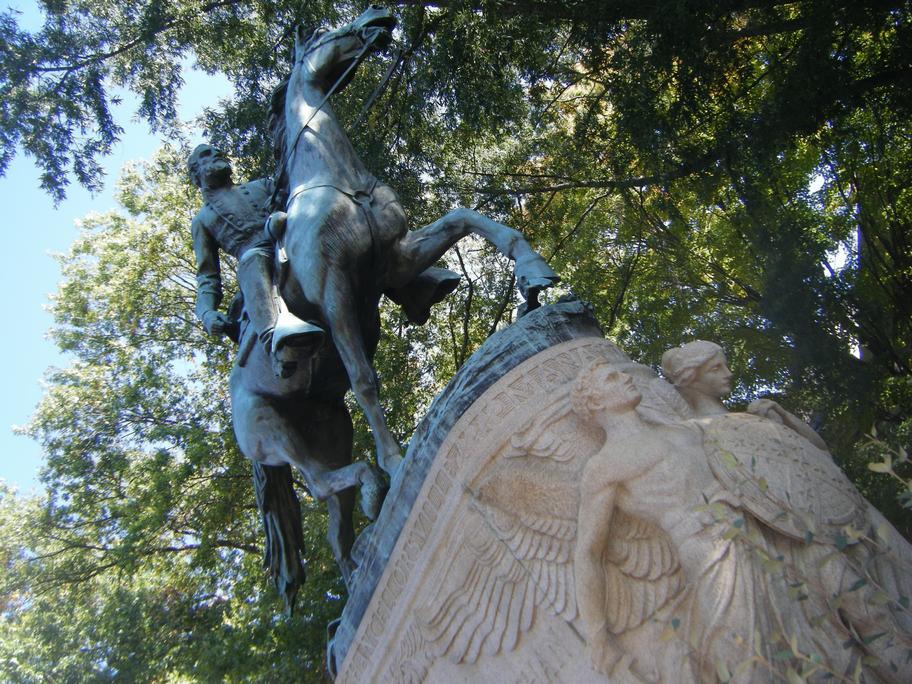
West sold one of the parcels to become Stonewall Jackson Park at Court Square.
John West was a black real estate developer, who built Vinegar Hill and sold parcels to blacks. Land = Civil Rights. Rise of black society and black culture. National black leaders held Charlottesville as a model for black empowerment. There was a Golden Age of race relations in a boomtown intersecting two railroads. But in most places, blacks were not allowed to buy land.
Not until 1950s urban renewal began that the 1920s At-Large City Council was able to chip away at the real estate. A book is published. "Urban Renewal: The End Of Black Culture In Charlottesville."
The Blue Ribbon Report says West "became a prosperous barber" with white customers. Good gig if you can get it. West owned a part of the McKee block and his own house at 313 W. Main. Of course West was a wealthy land developer, born into slavery, son of the Gibbons, slaves of a UVA professor.
The Lee Connection to Charlottesville. Col. Charles Venable served under Gen. Robert E. Lee during the Civil War and delivered Lee's final order at Appomattox surrender.
The sculptor of the Jackson monument also created the Booker T. Washington figure at Tuskegee Institute. Washington visited Charlottesville as a paragon of black empowerment.
Evidence of Black Society. It was a strange time. Newspapers would report on race riots and racial fervor, including opposition and rebuttals. Few pages or days later would be reports on Black Society, 2,000 blacks attend a July 4th celebration, black soldiers returning from World War One. NAACP leader W.E. Dubois asked blacks and whites to unite to defeat German militant slavery.
Germany tried to stir revolt in USA. Panic over a colored soldier. A white veteran wrote a letter to the paper to calm the fears. That letter started the first ROTC at UVA.
UVA "President Alderman promptly communicated with the War Department asking that one or more units of the Reserve Officer Training Corps be established here, and asked that Lieutenant-Colonel James A. Cole, U.S. A[rmy], retired, a resident of Charlottesville, Va., be detailed as Professor of Military Science and Tactics at this University. (The Alumni Bulletin of the University of Virginia 1917. Blue Ribbon Report page 84.)
1917–1926 KKK era in Charlottesville.
Page 116.
Page 117.
